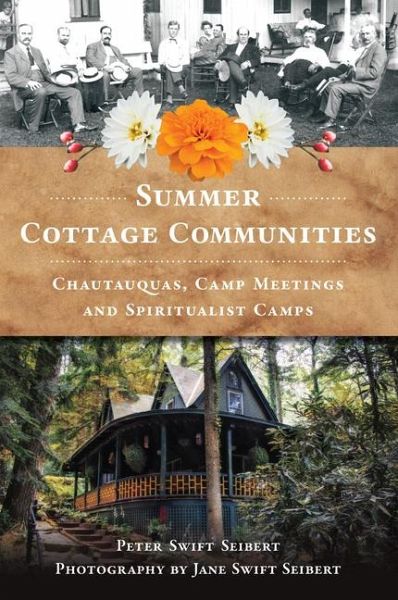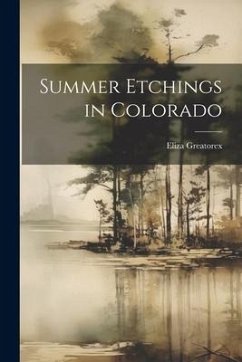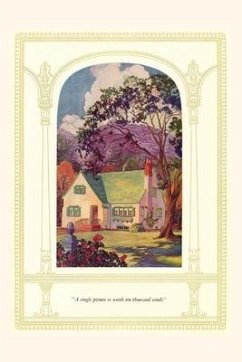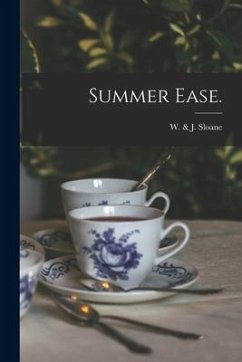
Summer Cottage Communities
Chautauquas, Camp Meetings and Spiritualist Camps
Fotograf: Seibert, Jane Swift
Versandkostenfrei!
Versandfertig in über 4 Wochen
18,99 €
inkl. MwSt.

PAYBACK Punkte
9 °P sammeln!
As people began spending their summers away from the city, "cottage communities" appeared in vacation spots to provide leisure activities to the American middle class. Inspired by tent revivals, many such communities centered their activities in religious worship, but secular, education-focused retreats featuring intellectual speakers also gained popularity, including the Chautauqua movement in western New York. Author Peter Swift Seibert traces the history and legacy of several mid-Atlantic cottage communities.












